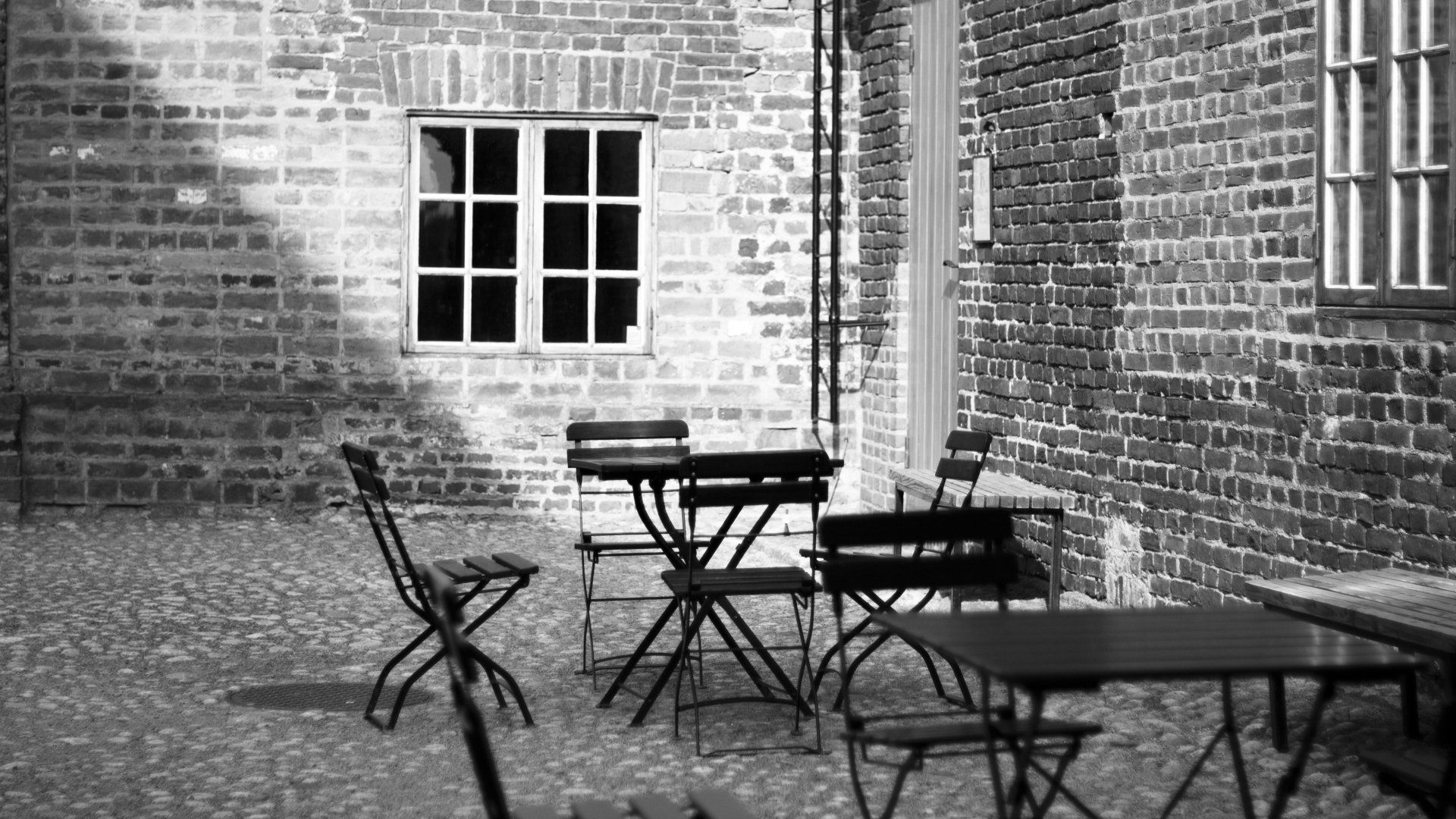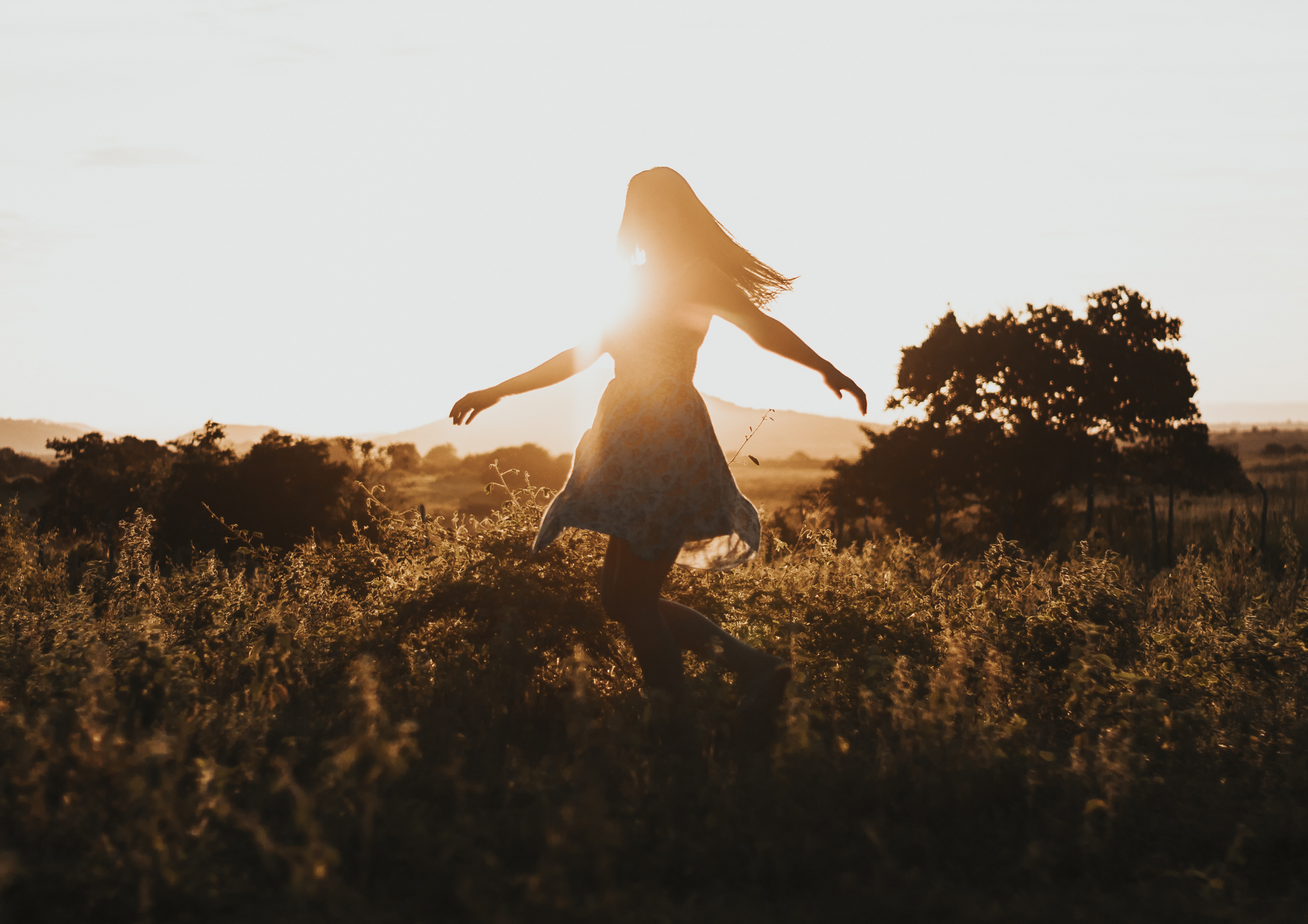Exploring Creativity: the 'Place' perspective
Understanding creativity from the 'place' perspective

In earlier posts we have explored creativity from different perspectives, using the 4Ps model of creativity - as a process, a product or a person. In this article our focus is on understanding creativity from the perspective of place. What do we mean by ‘place’ in this context? What aspects of ‘place’ matter for creativity? How can individuals and organisations cultivate and nurture places that enable creativity to flourish?
Let’s start by defining what is meant by ‘place’ in this context. It is an all-encompassing term to describe the environment and its influence on an individual’s capacity for creative thought and behaviour. The environment will include different aspects that exert their influence in different ways. The aspects to be considered in this article are the physical environment, the social or relational environment, the societal or cultural environment and finally, the spiritual or transcendent environment. It will explore how individuals and organisations might cultivate optimal environmental conditions for their own and others’ creativity to thrive. It will also point to ways in which coaching can contribute to this process.
Stories abound of individuals who seek out particular physical environments in which to immerse themselves as part of their creative process. For example, a writer who takes up temporary residence by the sea while writing a novel; a work team who take themselves off to a hotel to generate ideas for a new project; a leader who takes a walk in the woods to inspire creative solutions; an artist who has a special studio; a scientist who has a purpose-equipped laboratory and so on. Clearly, when considering an optimal physical environment for creativity, it is not a one-size-fits-all situation. What matters is having awareness of the notion of the ‘person-physical place-creativity’ link, encouraging reflection on how the physical environment impacts on an individual’s or group’s creative thinking and shaping the physical environment to enable or optimise creativity, using a best-fit model.
For the coach, this aspect can be explored with the client(s) with a question like, ‘When your creative thinking has been at its best or most productive, where are you?’ Seek out specific examples and encourage the client(s) to describe the physical environment in detail, identifying which features are most important in enabling their individual creative process. Co-create a mind map or drawing to translate the verbal information into visual form. This will enable the client(s) to pinpoint key aspects in their physical environment that help to activate creative thinking. Ask a question like, ‘What needs to happen now?’ to empower action to reshape their current physical environment to optimise personal or group creativity.
Another aspect of place for consideration is the social or relational environment. In his book The Element – How Finding Your Passion Changes Everything, Creativity Thought Leader, Ken Robinson highlights two crucial elements needed to experience the deep wellbeing and fulfilment that creativity can offer. First, the importance of finding the right medium in which your creativity can be expressed and second, finding and connecting with your ‘Tribe’. For him the ‘Tribe’ is other people who share a passion for your chosen medium and are actively engaged in their own creative development in this field. The confidence, synergy and motivation that come from this kind of relational environment can act as a spur to individual and group creativity through offering a creative energy, acting as a sounding board, a source of inspiration, peer accountability, encouragement, diverse perspectives and a drive towards excellence between peers. Whatever your chosen creative medium, there will be others who share that passion and since the advent of the internet, it is possible to connect with others locally and across the globe to shape and build a relational environment that enables and enhances creativity. With this understanding of the influence of this aspect of ‘place’, a coach can probe a client’s current relational environment and encourage self-reflection on how it could be extended or cultivated. Indeed, at times in the evolution of any creative endeavour, the coach may be a key part of the relational environment, filling an important role as part of the ‘tribe’, for example, for an early stage entrepreneur, a new leader or where new perspectives are needed.
Extending understanding creativity as ‘place’ beyond the physical and relational now leads us to explore the societal and cultural environment. Creativity is deeply rooted in all cultures but its definition, expression and assessment can vary across cultures (Shao et al, 2019). A fuller exploration of creativity and culture will follow in a future article. For now, we will focus on society and culture as an important source of inspiration and awe when observing the creative expressions and innovations of those that have gone before. For whatever domain is the chosen medium for the expression of creativity, there will be history, culture and body of knowledge that has shaped the current ‘place’ for creative thought and action. Knowing who and what has gone before in any domain is an important addition to the notion of ‘Tribe’ as previously described, giving access to those who have shared your passion throughout history and on whose creative endeavour current creativity builds. Recognising this bigger picture and increasing awareness of taken-for-granted assumptions about ‘place’ as currently experienced, can be an important catalyst for creative thinking. One which a coach can facilitate.
Our vision of creativity as ‘place’ has now been broadened to include a physical, relational and historical/cultural dimension. Finally, we will consider the spiritual/transcendent environment and its role in understanding creativity as ‘place’. Many writers allude to a spiritual or transcendent environment connected to creativity. This might take the form of inspirational artistic products created for the purpose of glorifying a deity, often seen in religious contexts; or how the creative process forms a connection to the unconscious mind, inner core and the soul (Natalie Rogers, in her book, The Creative Connection – Expressive Arts as Healing). Eminent psychologist, Csikszentmihalyi, talks of a transcendent state of ‘flow’, that is commonly experienced by individuals when actively immersed in creative expression. Others report the use of visualisation, meditation or mindfulness exercises as a means of preparing the mind for creative expression and creating an internal environment conducive to creative thinking. Indeed, even participation in the creative acts of others, for example, through listening to an inspirational piece of music, looking at a photograph, watching a dancer or reading a book can potentially evoke deep and meaningful experiences of transcendence and spirituality.
So, to conclude, understanding creativity as ‘place’ involves appreciating the different perspectives of the physical, relational, historical, cultural and spiritual dimensions that form part of our experience of place. Each of these dimensions offer a rich source of exploration for the coaching space whether applying creative arts within general coaching or more specifically coaching individuals and groups engaged in creative endeavours.









